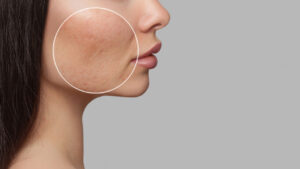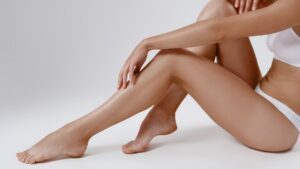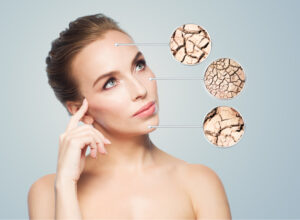5 Effective Ways To Treat Dark Spots
Dark spots, often referred to as hyperpigmentation or brown marks are a common skin concern that can affect anyone. These spots can diminish the skin’s natural radiance, whether caused by sun exposure, hormonal changes, or aging. Extra melanin creates spots or patches that look brown, black, gray, red, or pink. The areas are not painful or itchy, but they can make people self-conscious. Several lifestyle changes and treatments can help, especially sun protection and skin care.
What are dark spots?
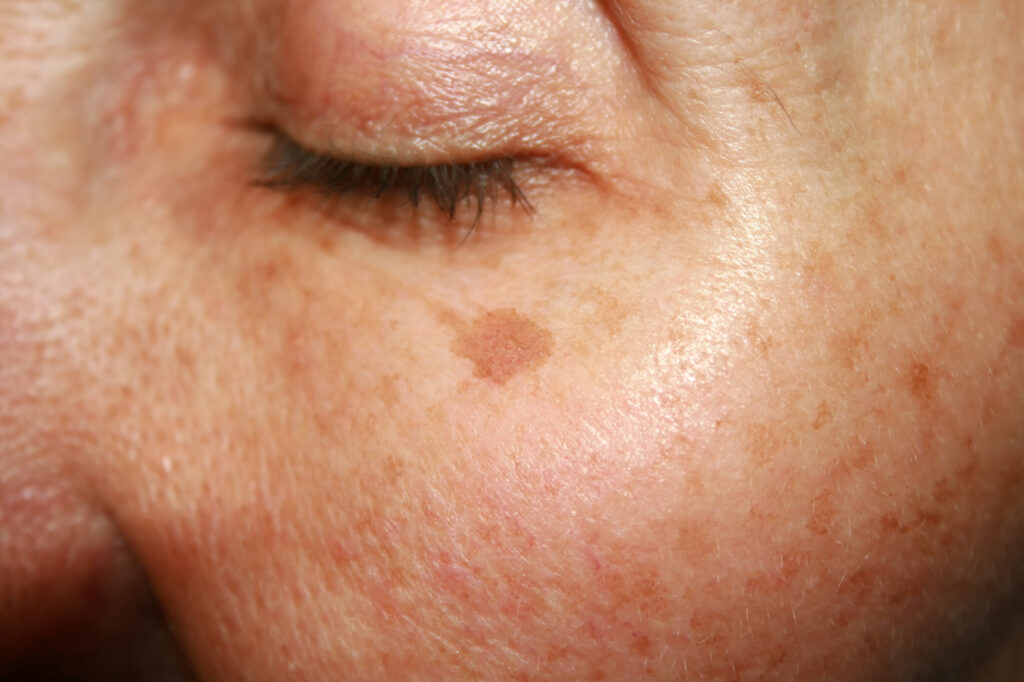
Dark spots, also known as hyperpigmentation, are areas of skin that appear darker than the surrounding skin due to excess production of melanin, the pigment responsible for skin color. They appear when melanin – which is the pigment that determines the color of your skin – is overproduced. This results in a patch of skin being darker than the surrounding skin. They are most commonly found on the face, hands, and arms, and they can vary in size from a few millimeters to several centimeters in diameter.
Main causes of dark spots
Sun exposure: When your skin is repeatedly exposed to UV light, sun damage occurs. Brown spots and uneven skin tone develop as a result of too much melanin being produced to help protect your skin from UV light.
Aging skin: After the age of 40, disorders involving the production and distribution of melanin increase, leading to age spots that are more frequent in areas exposed to the sun, such as the face, neck, hands, and arms.
Genetic predisposition: Specific genetic factors predispose certain people to develop abnormal skin pigmentation. These irregularities frequently become more noticeable when exposed to sunshine. This is the situation with freckles, which are most prevalent in those with fair complexion and red hair.
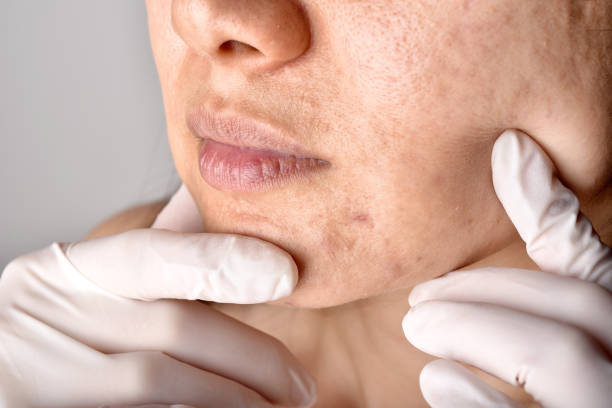
Hormonal fluctuations: Melasma is hormone-related hyperpigmentation caused by increased hormone stimulation. Female sex hormones (estrogen and progesterone) stimulate the overproduction of melanin when the skin is exposed to the sun and can lead to melasma, which is the most common type of spot during hormonal changes.
Post-Inflammatory Hyperpigmentation (PIH): PIH occurs as a result of inflammation or injury to the skin, such as acne, eczema, psoriasis, or a wound. When the skin heals, it may produce excess melanin, leading to dark patches or spots in the affected area.
Skin Trauma: Trauma to the skin, such as cuts, burns, or friction, can trigger the production of melanin and result in the formation of dark spots during the healing process.
Best treatments for removing dark spots
1. DiamondGlow
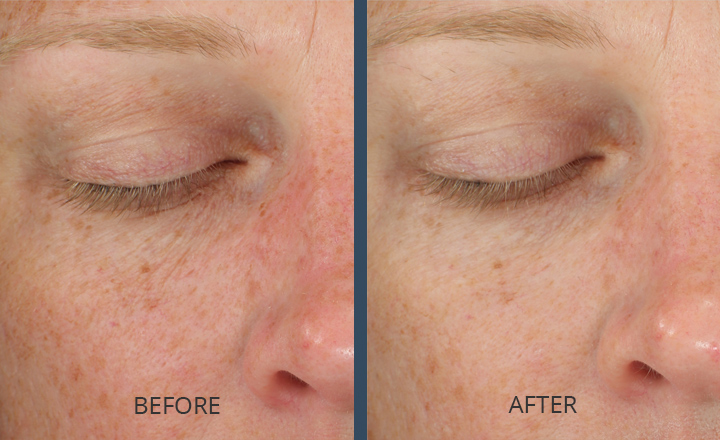
DiamondGlow is a skin rejuvenation treatment. During a DiamondGlow facial, the diamond-tip wand gently moves over the skin to exfoliate and suction away dead skin cells, oil, and other impurities. At the same time, a specialized serum is applied to the skin, which penetrates deep into the skin to hydrate, nourish, and protect it.
The Diamond Glow Facial can lighten dark spots, hyperpigmentation, and other discolorations, thus enhancing the tone of the skin. Exfoliation, a step in the Diamond Glow Facial, helps get rid of dead skin cells and other impurities that might lead to uneven skin tone. Removing these impurities leaves the skin looking brighter and more even.
2. Chemical peels
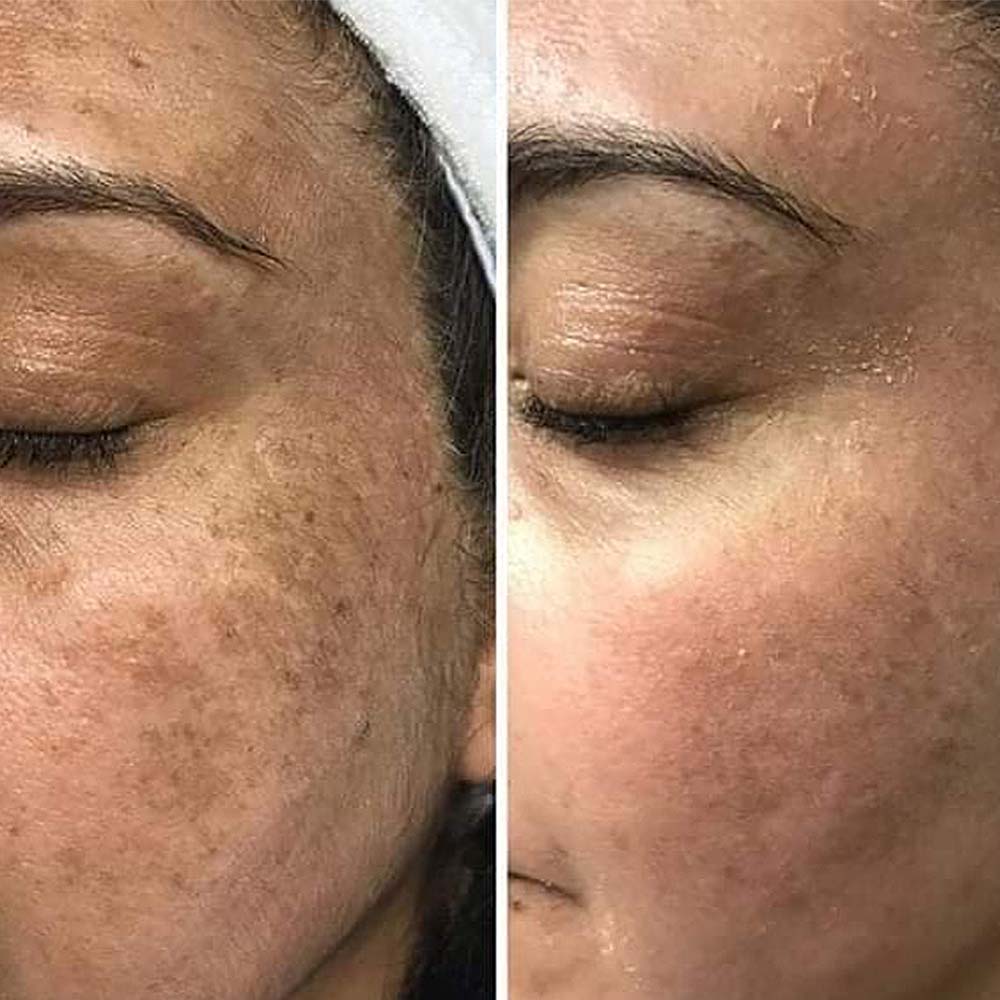
A chemical peel is a cosmetic procedure that involves applying a chemical solution to the skin, which exfoliates the top layer, eventually revealing a smoother, more even-toned complexion. It’s an effective method for treating dark spots. Chemical peels can help improve the overall texture and tone of your skin. They work by removing the top layer of dead skin cells, revealing the smoother, more even-toned skin underneath. This can help reduce the appearance of dark spots and pigmentation, as well as improve the overall health and appearance of your skin.
3. Lumecca IPL
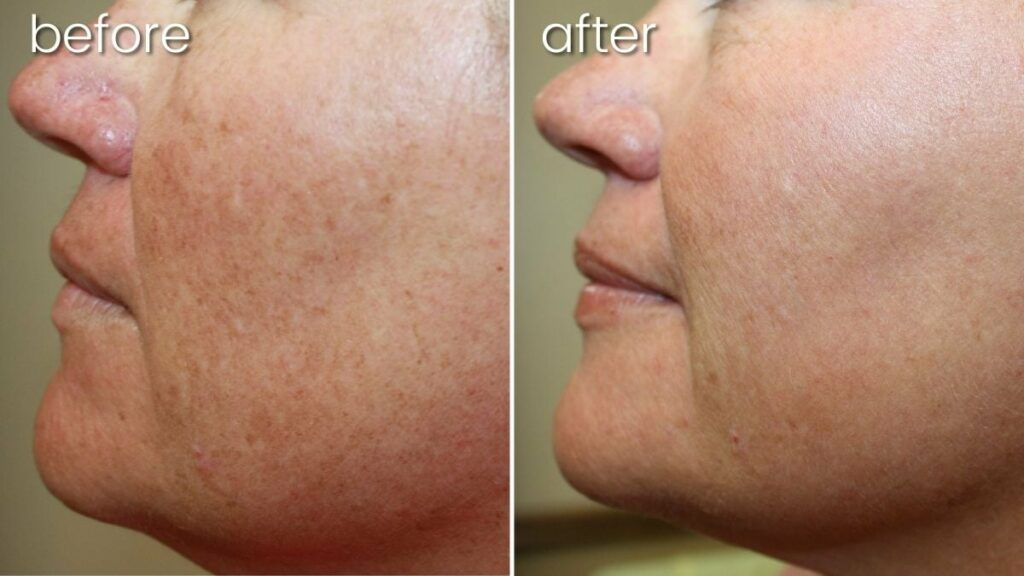
Lumecca IPL is an intense pulsed light that is used to improve and brighten your skin by reducing or removing skin irregularities including sun damage, age spots, freckles, uneven pigmentation superficial veins, and other vascular lesions. Lumecca also stimulates collagen production and reduces mild textural issues. Lumecca is the most powerful intense pulsed light (IPL) to treat dark spots. After just one use, patients notice significant improvements in the complexion and clarity of the skin.
The Lumecca IPL laser uses photo-thermolysis through the delivery of specific wavelengths of light which interact with red and brown pigments in the skin. These pigments absorb the light and are destroyed, often in one session without affecting or damaging surrounding tissue.
4. Cosmelan peel
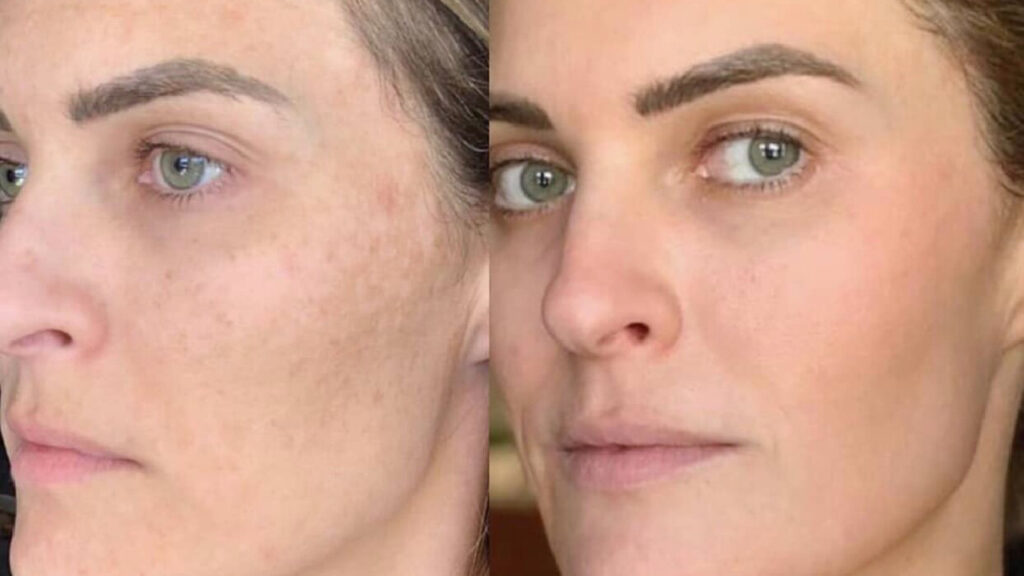
Cosmelan peel is a professional cosmetic treatment designed to address various forms of hyperpigmentation, including dark spots, melasma, and sun damage. Fortunately, dark spots can be treated with a Cosmelan peel.
Cosmelan peel is designed to accelerate skin cell turnover on the skin’s surface and stop excess melanin accumulation and formation, helping to reduce the intensity of dark spots and prevent them from developing again.
Cosmelan is a multi-ingredient, unique peel that is suitable for people of all skin types and mainly works by inhibiting melanin production. It does so by restricting the natural production of melanin and imparts an even complexion to your skin. As a result, dark spots, dull skin, dry areas, acne scars, and hyperpigmentation are reduced significantly.
5. Morpheus8
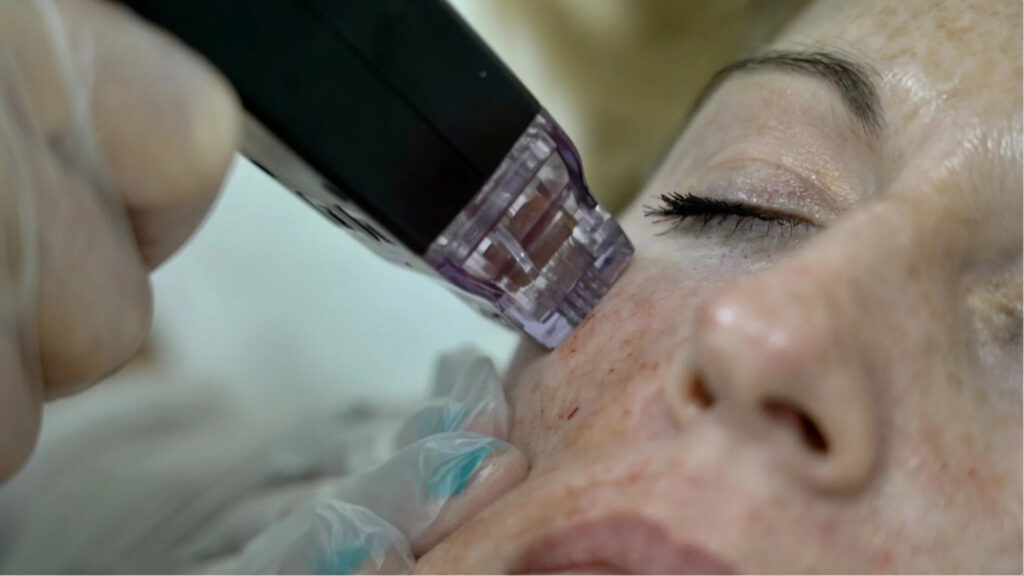
Morpheus8 is a minimally invasive cosmetic procedure that combines microneedling with radiofrequency (RF) energy to rejuvenate the skin and improve various skin concerns, including dark spots and hyperpigmentation. While Morpheus8 is primarily known for its ability to tighten and contour the skin, it can also help address pigmentation irregularities and promote a more even skin tone. The Morpheus8 Radiofrequency Microneedling system uses a matrix of ultra-sharp micro-fine needles that penetrate the skin to a depth of up to 4 millimeters. These tiny needle pricks create “micro-wounds” that are not visible to the naked eye. However, these tiny “injuries” stimulate the skin to start repairing itself – thereby also repairing pigmentation and discoloration, as well as wrinkles, lines, scars, and more.
It’s crucial to consult with a qualified skincare professional to determine the underlying cause of dark spots and develop a personalized treatment plan tailored to individual skin concerns and goals. With proper care and appropriate interventions, achieving a more even skin tone and minimizing the appearance of dark spots is attainable, leading to improved skin health and confidence.




